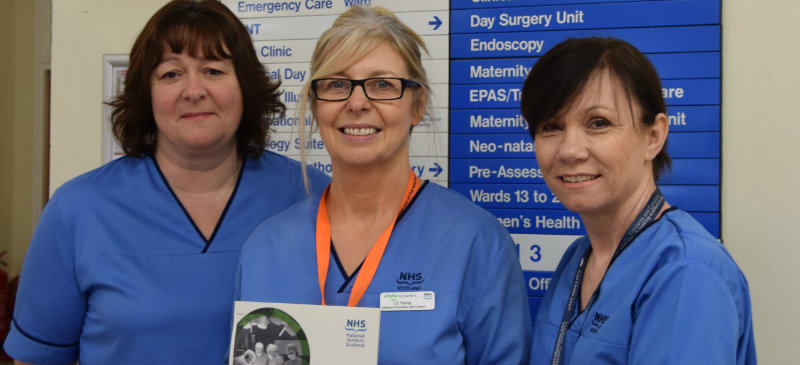The Evening Times ran an article about figures in a new report showing that women from Lanarkshire experience higher-than-average rates of stillbirth and neonatal deaths than other parts of Scotland. The region recorded the second-highest rate in Scotland with 6.42 deaths per 1,000 births. However it is worth noting that the figure of 7,096 Lanarkshire resident […]
Surgical site surveillance alterations

A range of staff play a key role in surgical site infection (SSI) surveillance so it’s important to be aware of upcoming changes.
These take effect on 1 April in a bid to further reduce the risk of healthcare associated infection (HAI).
A group was set up in response to a request by the HAI Policy Unit, with a remit to scope the surveillance of elective large bowel and vascular procedures within the national SSI programme.
Currently all NHS boards participate in SSI surveillance for at least two procedures from a list of 12. The mandatory requirements are:
• all inpatient and prospective readmission surveillance for hip arthroplasty (hip replacement) for 30 post-operative days; and
• post-discharge surveillance for caesarean section procedures for 10 post-operative days.
NHS Lanarkshire also undertakes SSI surveillance on patients undergoing knee replacement surgery (arthroplasty) and repair of the neck of the femur (hemiarthroplasty).
The process is managed by the infection prevention and control surveillance nurses across all three acute hospital sites and monitored regularly by the health board.
As well as the additional mandatory categories, there are also changes to current surveillance that will mean inpatient and readmission surveillance will be required up to 30 days (including caesarean section). If an implant is left in place the surveillance period will reduce from one year to 90 days.
Infection prevention and control surveillance nurse Liz Young said: “It’s essential that our data collection for surveillance is both complete and accurate to ensure that our monitoring information is robust, enabling us to reduce the risk of infection as far as possible.
“We rely on a range of healthcare staff within our hospitals to do this so it’s important that they’re aware of SSI surveillance changes.
“We’ll be visiting all three acute hospitals to make sure staff are up to date.”


Comments are closed.